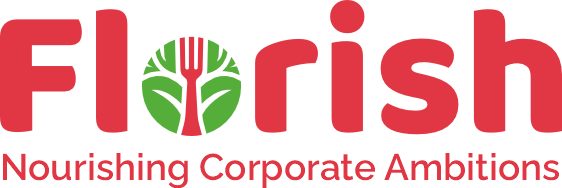Since opioids can slow the digestive system, users often experience constipation and other intestinal issues. When without the drug, users may become anxious and display flulike symptoms. It sometimes involves drug diversion from the individual for whom it was prescribed. Drug addiction is a complex, chronic medical disease that results in compulsive use of psychoactive substances despite the negative consequences. People may feel that a substance is adversely affecting their lives and relationships, or that they have trouble stopping use.
Medication
For example, many people are medically treated with opioid painkillers for a period of time and easily discontinue medication when pain remits. Likewise, alcohol is consumed widely around the world with meals and in social situations without resulting in addiction. Withdrawal symptoms do not occur with all substances; for example, stopping hallucinogens or marijuana does not typically lead to withdrawal symptoms. Further, the intensity of withdrawal depends on the amount of drug usually taken and the duration of its effects.
Physical signs of substance use disorder
An adolescent using drugs might also miss classes, skip school, or change their eating or sleeping habits. Parents can also listen for their kids using slang terms for certain drugs of abuse. When someone continues to use drugs, their health can deteriorate both psychologically and neurologically. It signs of drug use controls how you interpret and respond to life experiences and the ways you behave as a result of undergoing those experiences. Inhalants include volatile substances that produce chemicals, which a person can inhale to produce mind-alerting effects.
Find Treatment for Drug and Alcohol Abuse or Addiction
- Substance use disorder (SUD) is a problematic pattern of substance use that affects your health and well-being.
- To locate treatment facilities in your area, try calling the Substance Abuse and Mental Health Services Administration (SAMHSA) for a list of options.
- A combination of medication and behavioral therapy has been found to have the highest success rates in preventing relapse and promoting recovery.
- They may also present with involuntary eye movements, known as nystagmus.
Surges of dopamine in the reward circuit cause the reinforcement of pleasurable but unhealthy behaviors like taking drugs, leading people to repeat the behavior again and again. Recognizing an addiction problem in someone you know can be harder than it seems. The American Society of Addiction Medicine (ASAM) defines addiction as a chronic disease that affects the brain’s reward, motivation, and memory functions. Someone with an addiction will crave a substance or other behavioral habits. They’ll often ignore other areas of life to fulfill or support their desires. Fortunately forconcerned family members and friends, many characteristics of addiction are easy to identify, and https://ecosoberhouse.com/article/do-alcoholics-drink-every-day/ many types of drug addictions share similar signs and symptoms.
- Experts identify at least five early warning signs of addiction.
- Risk and protective factors may be either environmental or biological.
- Laws vary across countries, and even within them, and have fluctuated widely throughout history.
- Illegal drugs pose special risks of toxic contamination and/or accidental overdose as a result of substitution with underground agents of unknown potency.
- For an adult, a divorce, loss of a job or death of a loved one may increase the risk of substance use.
- These may include physical or behavioral symptoms—most likely both.
- Several different medications are given while a person is going through detox; these drugs help safely manage a person’s withdrawal symptoms.
- Diagnosis is also more complex for people with both a substance use disorder and a mental health condition — known as a dual diagnosis.
- However, men are more likely than women to use illicit drugs, die from a drug overdose, and visit an emergency room for addiction-related health reasons.
- It may be done by family and friends in consultation with a health care provider or mental health professional such as a licensed alcohol and drug counselor, or directed by an intervention professional.
- Addiction symptoms are those that indicate a person may be addicted to a substance.
When someone begins using drugs of any kind, they may start feeling as if they need larger and more frequent doses to get the same effects, even with something that started as social experimentation. Unexplained or seemingly unprovoked mood swings can occur when someone is struggling with addiction. When the person is high, they may be hyperactive, affectionate or excitable. As soon as the high wears off and withdrawal symptoms set in, they may become angry, irritable or even verbally abusive. Many drug users have made many promises to themselves to stop—and broken them as well, leading them to believe they are incapable of stopping. Substances of abuse deliver an intense sensation that creates a neurochemically driven motivation to repeat the experience again and again.
How is substance use disorder diagnosed?
People who are recovering from an addiction will be at risk for relapse for years and possibly for their whole lives. Research shows that combining addiction treatment medicines with behavioral therapy ensures the best chance of success for most patients. Treatment approaches tailored to each patient’s drug use patterns and any co-occurring medical, mental, and social problems can lead to continued recovery. While increased tolerance and dependence must be present for a formal substance use disorder diagnosis, many people become addicted to substances before developing physical dependence and withdrawal symptoms.
